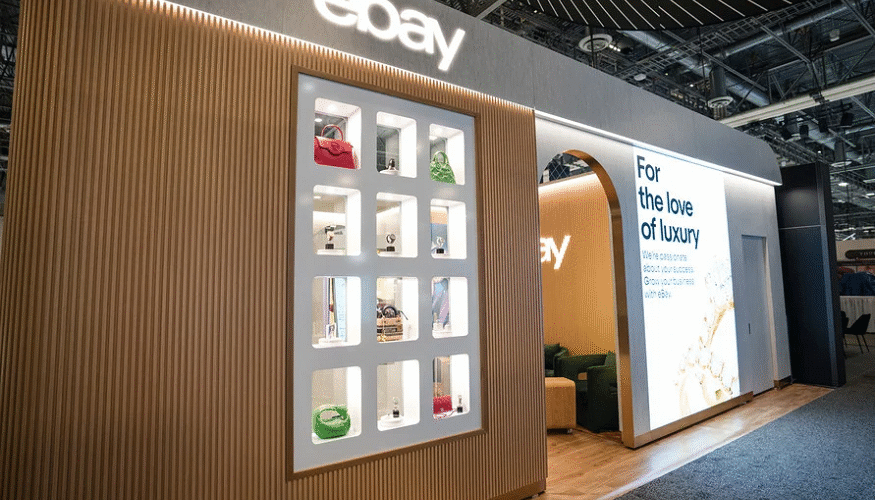As environmental awareness grows, sustainability has become a critical consideration in exhibit fabrication. Modern audiences increasingly value eco-conscious practices, and businesses are responding by integrating sustainable solutions into their displays. Sustainable exhibit fabrication not only reduces environmental impact but also enhances brand image, promotes responsible practices, and can even lower long-term costs.
1. Importance of Sustainable Exhibit Fabrication
Sustainability in exhibit design goes beyond materials—it encompasses the entire lifecycle of the display:
- Reducing Waste: Designing exhibits that can be reused or recycled minimizes landfill contribution.
- Energy Efficiency: Using low-power lighting and technology reduces energy consumption.
- Brand Responsibility: Demonstrates a company’s commitment to environmental stewardship, appealing to conscious audiences.
Sustainable exhibits align with corporate social responsibility goals while delivering functional and visually appealing displays.
2. Choosing Eco-Friendly Materials
Material selection is the foundation of sustainable exhibit fabrication:
- Recycled and Recyclable Materials: Aluminum, steel, and certain plastics can be reused or recycled after the exhibit’s lifecycle.
- Sustainable Wood Products: FSC-certified wood or bamboo offers renewable alternatives to traditional timber.
- Low-VOC Paints and Coatings: Reduce harmful emissions during production and installation.
- Eco-Friendly Fabrics: Use organic or recycled textiles for banners, backdrops, and upholstery.
Selecting the right materials ensures durability while reducing environmental impact.
3. Modular and Reusable Designs
Modular exhibit systems promote sustainability by allowing reuse and adaptation:
- Modular Components: Pre-fabricated panels, frames, and structures can be rearranged for different events or venues.
- Customizable Graphics: Replaceable graphics reduce waste while maintaining fresh visuals.
- Scalable Layouts: Adjusting size and configuration for different spaces avoids the need for new builds.
Reusable designs reduce material consumption, transportation costs, and storage needs.
4. Energy-Efficient Technology
Integrating eco-conscious technology enhances sustainability in modern exhibits:
- LED Lighting: Consumes less energy and lasts longer than traditional lighting.
- Low-Power Displays: Energy-efficient screens and digital signage reduce overall electricity usage.
- Automated Controls: Motion sensors, timers, and dimmers optimize energy consumption during off-peak hours.
Energy-efficient technology contributes to sustainability without compromising visual impact.
5. Sustainable Production Practices
Beyond materials and technology, sustainable fabrication considers production processes:
- Minimizing Material Waste: Precision cutting, CNC, and laser technologies reduce offcuts.
- Local Sourcing: Using local suppliers reduces transportation emissions and supports regional economies.
- Eco-Friendly Packaging: Biodegradable or reusable packaging materials protect components during shipping.
Implementing green production practices ensures the exhibit’s sustainability from creation to delivery.
6. End-of-Life Considerations
Planning for an exhibit’s end-of-life is crucial for sustainability:
- Recycling and Repurposing: Components should be designed for easy disassembly and recycling.
- Donations: Excess materials or reusable structures can be donated to schools, nonprofits, or other organizations.
- Upcycling: Transform old exhibit components into new displays or creative projects.
Thinking ahead ensures that the exhibit leaves minimal environmental footprint.
Conclusion
Sustainable exhibit fabrication combines eco-friendly materials, modular design, energy-efficient technology, and responsible production practices to create displays that are both visually compelling and environmentally responsible. Modern brands and organizations can achieve memorable visitor experiences while demonstrating a commitment to sustainability. By embracing green solutions in exhibit design, companies not only reduce their ecological impact but also enhance their reputation and resonate with increasingly eco-conscious audiences.

